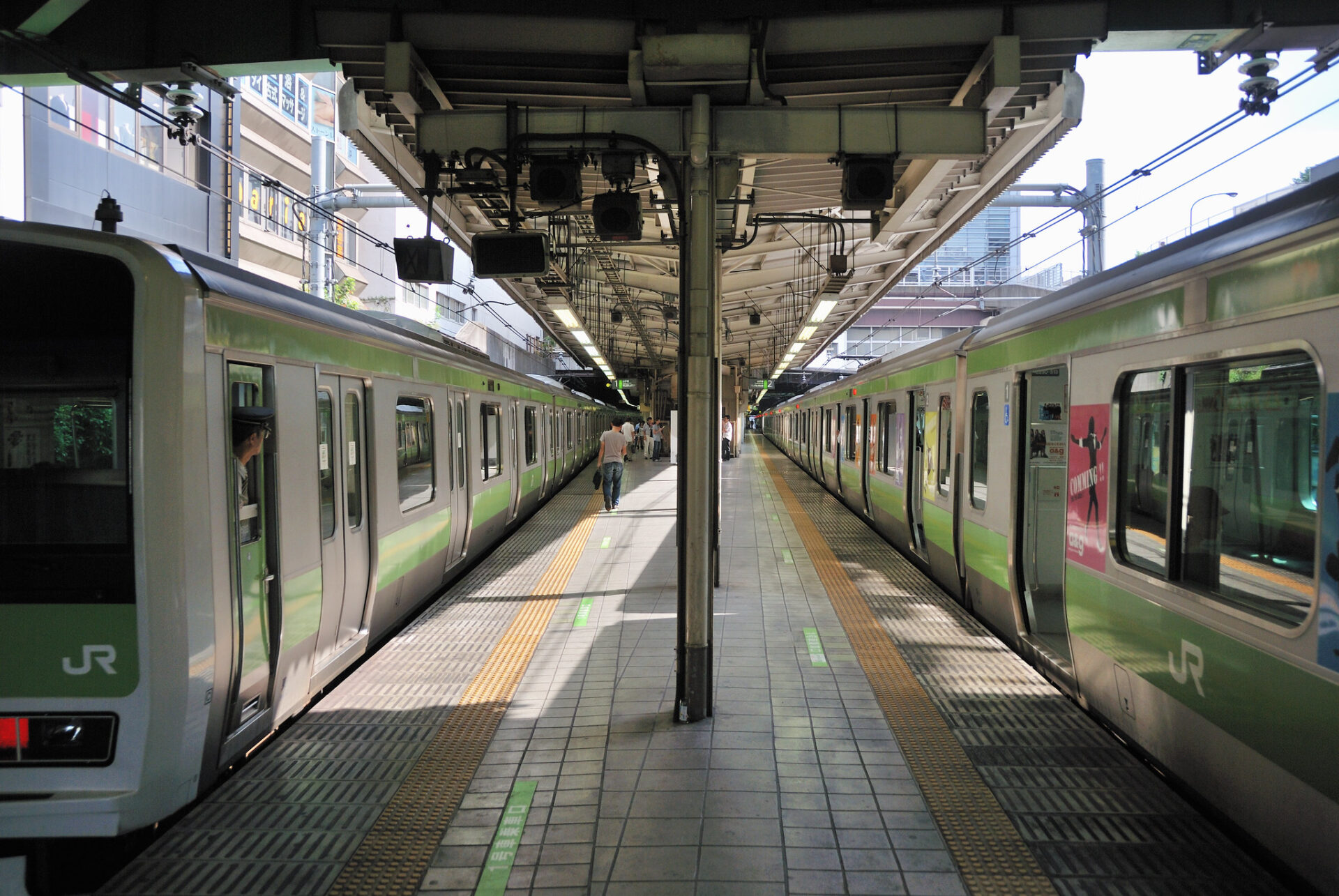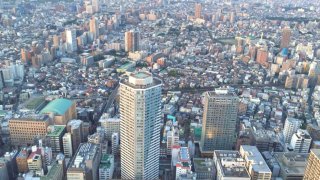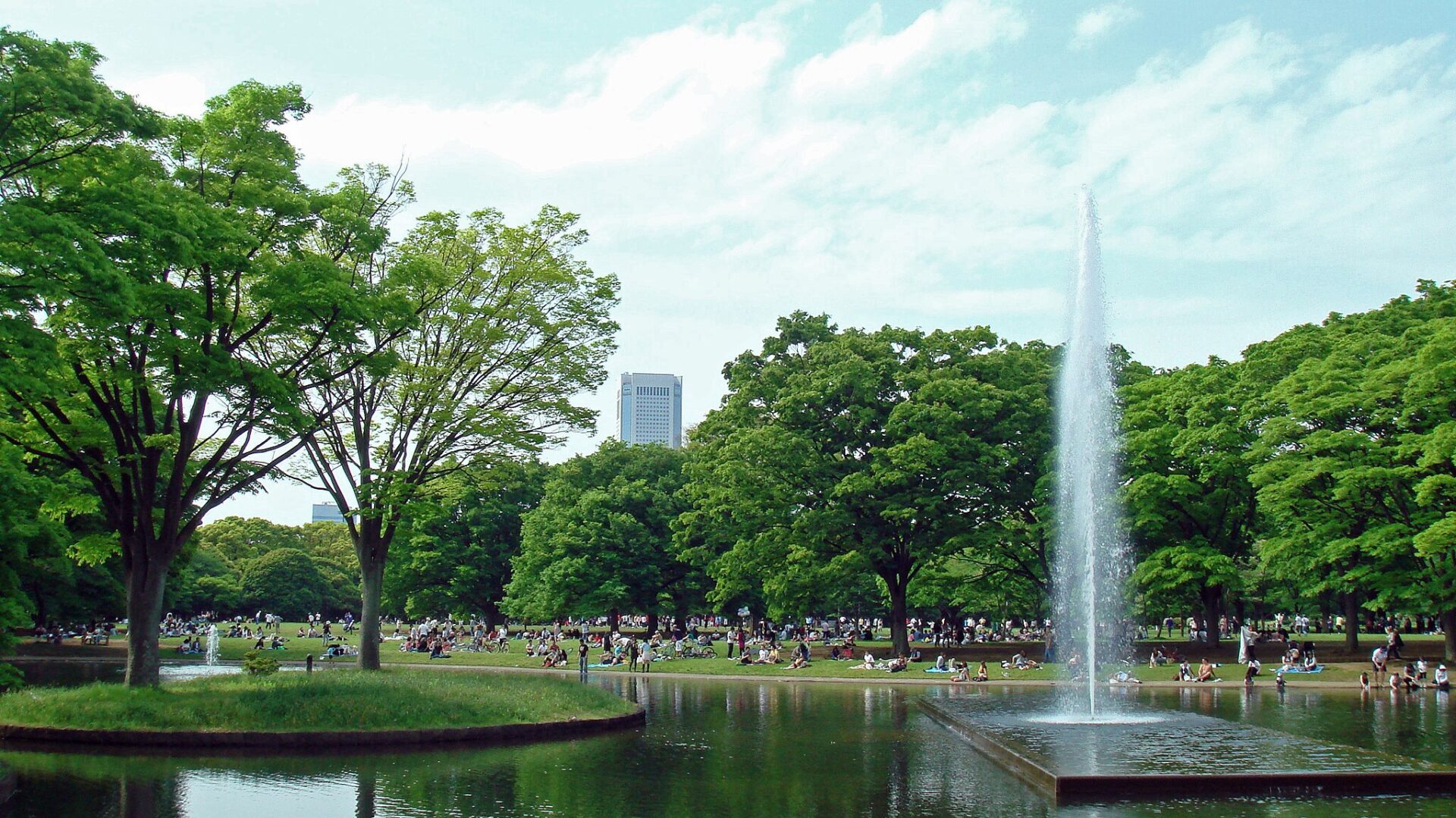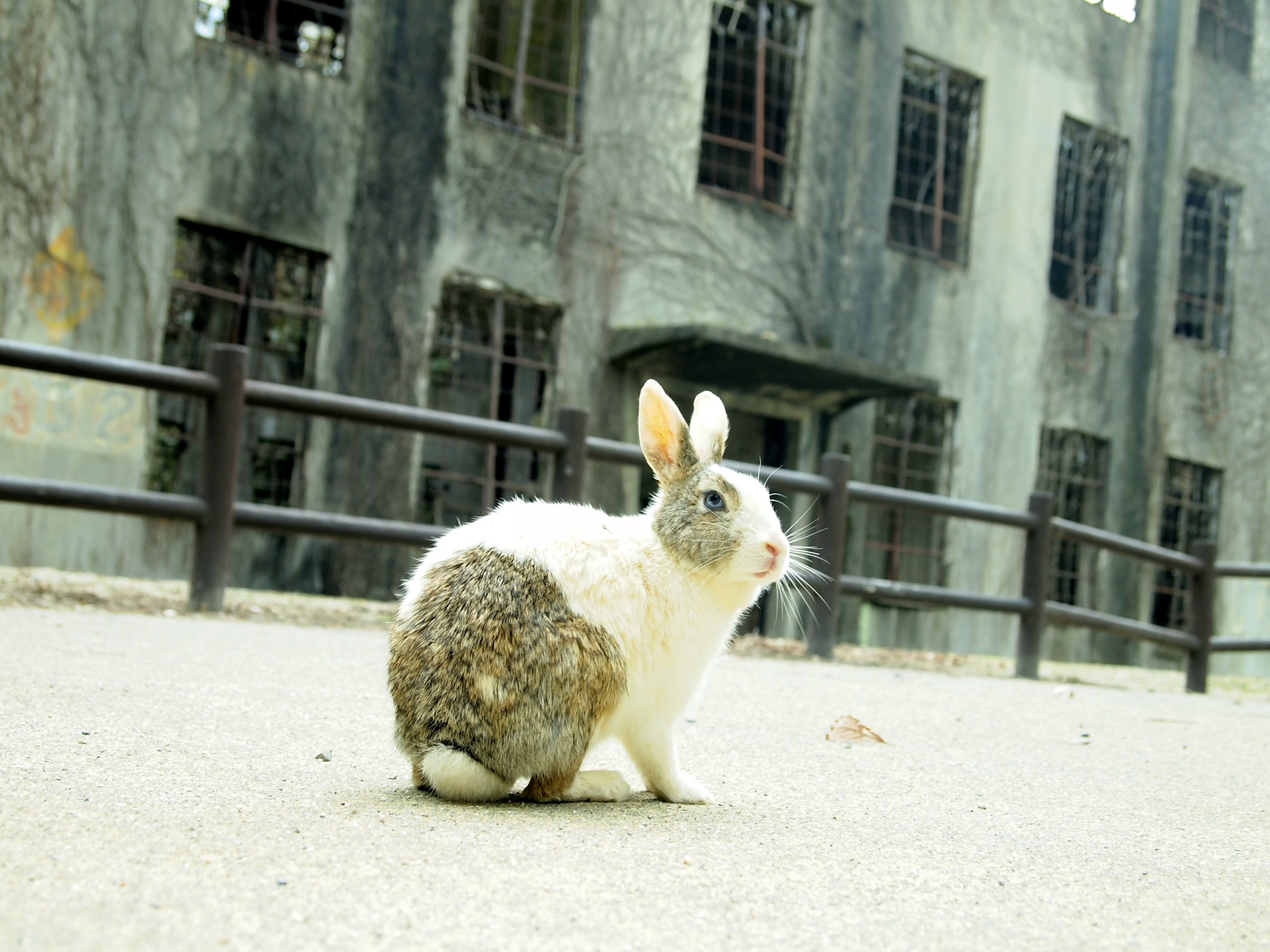For international visitors to Tokyo, the Yamanote Line is a must-see transportation option. The Yamanote Line, with its distinctive green icon, is a circular line that circulates through the center of Tokyo, connecting the city’s major tourist and business areas. It is extremely convenient for both sightseeing and business, making it easy to get around the famous landmarks that everyone knows, such as Shinjuku, Shibuya, Ikebukuro, and Tokyo Station. The Yamanote Line is a powerful ally for foreign visitors to Tokyo. We encourage you to take advantage of the Yamanote Line to experience all that Tokyo has to offer. In this article, we will introduce in more detail the features and recommended spots at each station.
Information
History of the Yamonote Line
The story of the Yamanote Line is truly a grand history that has accompanied the growth of Tokyo. It dates to 1885 when the Shinagawa Line, the predecessor of today’s Yamanote Line, started service between Shinagawa and Akabane. At the time, this line was not used for passenger transportation but as a freight train to carry materials from the provinces. Time passed, and in 1903, a new line was born: the Toshima Line. With the opening of this line connecting Ikebukuro and Tabata stations, access to the northern part of Tokyo was greatly improved. Finally, in 1909, the Shinagawa and Toshima lines were combined and renamed the Yamanote Line. In this way, a network of railroads that ran the length and breadth of Tokyo was gradually formed. The Yamanote Line has continued to evolve along with the growth of Tokyo. In March 2020, the Yamanote Line reached a major milestone with the opening of Takanawa Gateway Station, the first new station in 49 years. With the opening of this new station, the Yamanote Line has become even more convenient and attractive, opening the door to the future of Tokyo. The history of the Yamanote Line is thus more than just a story of railroad evolution; it is also a reflection of how the city of Tokyo has been transformed into its modern form.
Important Stations
Ikebukuro Station
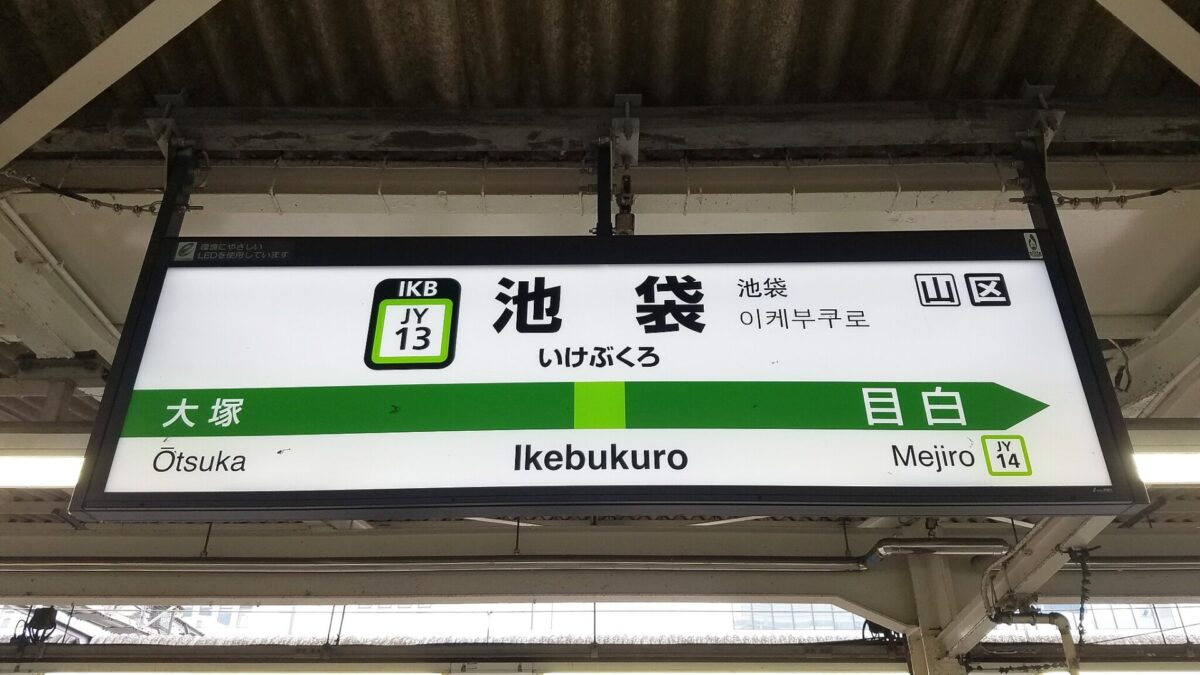
Ikebukuro Station is a mammoth station, ranking second in the world in terms of the number of people who use it; approximately 560,000 people use it each day, and it is a major transportation hub with seven subway and rail lines intersecting. Ikebukuro Station is also an area of shopping malls, restaurants, and entertainment venues for the enjoyment of visitors.
Tokyo Station

Tokyo Station is an important historical architectural symbol of Japan’s modernization. The station has 11 platforms with 22 lines, including Shinkansen, conventional lines, and subways, making it the hub for the largest number of lines in eastern Japan. The station itself is a beautiful brick building and a popular tourist attraction.
Little known Facts
The Yamanote Line has several interesting facts. In fact, there are no railroad crossings at all on the Yamanote Line route. They used to exist but were all abolished for greater convenience. This ensures that the Yamanote Line always operates smoothly and safely. Furthermore, although the Yamanote Line appears to go in a circle, it is not actually a complete loop line. As mentioned in the history chapter, the Yamanote Line was originally created by merging the Shinagawa Line and the Toshima Line. The current Yamanote Line (Shinagawa to Tabata) is a remnant of that line. Later, the line was expanded to connect the Tokaido Line (Tokyo to Shinagawa) and the Tohoku Line (Tabata to Tokyo), completing the current circular route. Knowing these facts will help you better understand the efficiency and historical background of the Yamanote Line operation. When visiting Tokyo, please pay attention to these hidden aspects of the Yamanote Line.
Tips/Useful Notes
Here are some tips for using the Yamanote Line comfortably. First, the Yamanote Line is famous for being extremely crowded during rush hour. On weekdays, from 7:00 to 10:00 AM and from 5:00 to 9:00 PM, the trains are packed with commuters. If you want to avoid crowded trains, it is wise to avoid these times. The language barrier can make getting on and off trains in Japan uneasy. The official application of JR East is useful in such situations. This app is multilingual and allows you to easily check timetables, real-time operation information, and transfer information. In addition, it also provides a station map and location of coin lockers, so you can move around smoothly. Download this app for more comfortable use of the Yamanote Line!
Download Official App here⇩
The JR East App
(iPhone) App Store
(Android) Google Play
Future Developments and Upgrades
The Yamanote Line continues to evolve with the times, and in January 2023, the fourth track switching work was carried out at JR Shibuya Station, integrating the inner and outer platforms into one for the first time in 80 years. This work greatly improved the convenience and comfort of Shibuya Station. Furthermore, safety has also been greatly improved: as of the end of May 2020, platform doors have been installed at 28 of the 30 stations on the Yamanote Line. These improvements prevent accidents when boarding and exiting the line and allow passengers to use the Yamanote Line with peace of mind. With these improvements, the Yamanote Line continues to evolve as an increasingly user-friendly and safe means of transportation.
Activities & Food
1. Meiji Shrine & Takeshita Street (Harajuku Station)
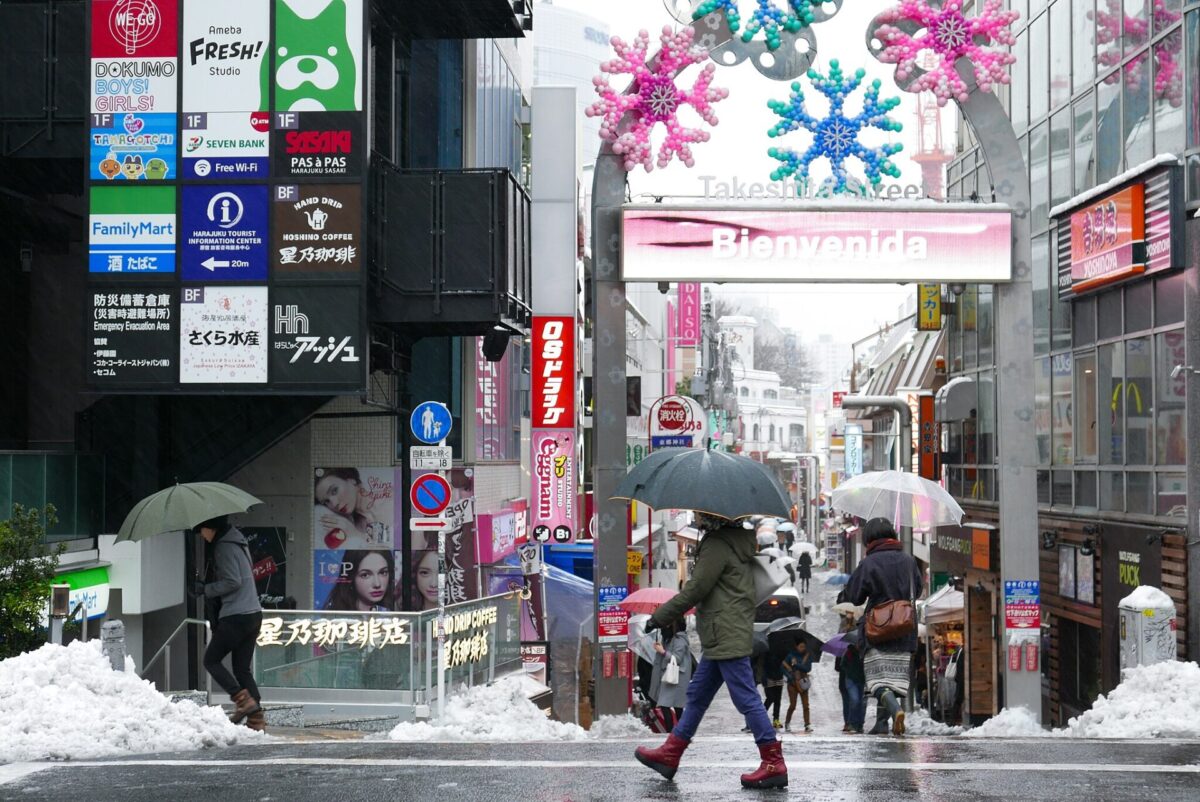
A not-to-be-missed spot at Harajuku Station is Meiji Jingu Shrine, whose deities are Emperor Meiji and Empress Dowager Shoken. The shrine boasts the largest number of worshippers in Japan for Hatsumode (New Year’s visit). Takeshita-dori Street near Harajuku Station is a famous shopping street lined with fashion and sundry stores for young people and is a popular spot for tourists.
2. Tokyo National Museum & Ueno Park (Ueno Station)
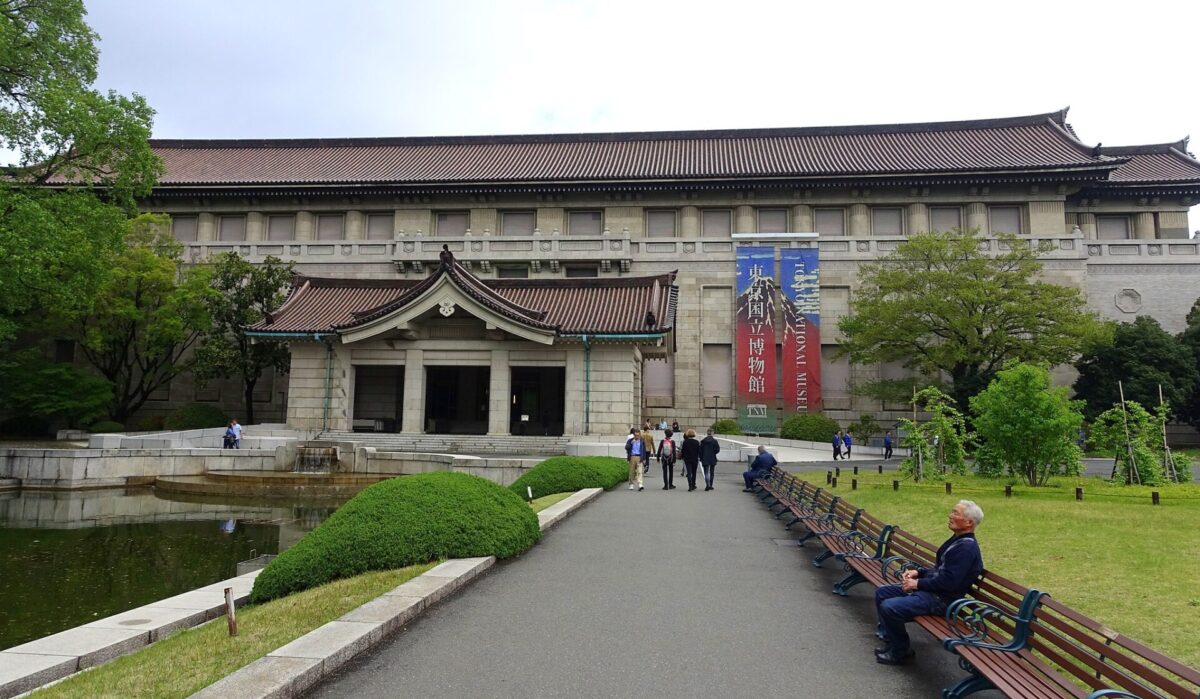
If you come to Ueno, there is one spot you should definitely visit. The National Museum of Nature and Science (Kahaku) was founded in 1877 and is one of the oldest museums in Japan. As the only national comprehensive science museum on natural history and the history of science and technology, visitors can enjoy many exhibits. In addition, Ueno Park, Japan’s first park, has a history of over 140 years and is dotted with art galleries, museums, zoos, and other major attractions. Long a favorite of the Japanese people, this park is ideal for strolling and experiencing culture.
3. Shibuya Crossing (Shibuya Station)

One of the most famous spots in front of Shibuya Station is the Shibuya Scramble Crossing. Located in front of Shibuya Station, it is said to be the busiest intersection in the world. The intersection is a spectacular sight with countless people coming and going and is a popular place for tourists visiting the area.
4. Ichiran Ramen (Multiple Stations)
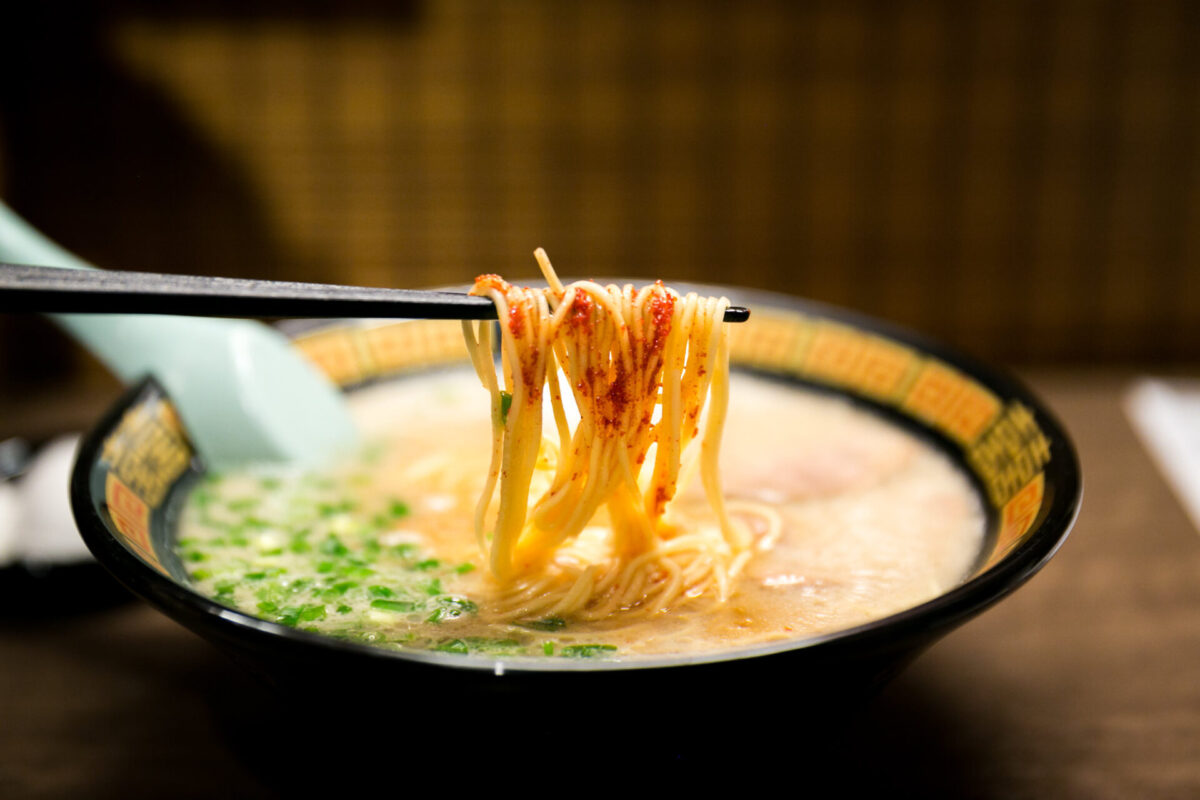
If you want to enjoy authentic tonkotsu (pork bone) ramen at a reasonable price, Ichiran along the Yamanote Line is the place to go. Ichiran uses a unique partitioned counter system so you can enjoy your ramen without worrying about your surroundings. Ichiran does not diversify its menu but offers only one type of ramen, “natural tonkotsu ramen.”
Official Website: Ichiran Ramen
5. Tsukiji Outer Market (Hamamatsucho Station)

Before its relocation to Toyosu, the Tsukiji Market was known as “Tokyo’s kitchen” and boasted the world’s largest distribution volume of seafood. At this market, fresh seafood was traded daily, and ingredients for sushi and sashimi were available. Today, many seafood restaurants still operate in the Tsukiji area where you can enjoy fresh seafood dishes such as tuna bowls and grilled seafood. You can enjoy delicious seafood while feeling the atmosphere of the Tsukiji market. In this article, we have written about the Yamanote Line, but was there anything that caught your attention? The Yamanote Line is more than just a means of transportation; it is a stage where Tokyo’s history and modern times intersect. New discoveries and surprises await you each time you alight at each station. Every station has its own unique charm and offers a glimpse into the lives and cultures of the people who live there. Riding the Yamanote Line itself is a sightseeing experience. The scenery of Tokyo seen from the train windows looks completely different during the day and at night. The morning commuter rush, the bustle at dusk, and the neon-colored cityscape at night are all parts of Tokyo. Riding the Yamanote Line allows you to experience its many facets. Every time you visit Tokyo, you will discover something new, and many of those discoveries are made by using the Yamanote Line. On your next visit to Japan, we encourage you to use the Yamanote Line to find something new to love about Tokyo.
Japan Wonder Travel Tours
Japan Wonder Travel is a travel agency that offers guided tours throughout Japan.
From private walking tours to delicious Food and Drink tours, we can help you organize the best tours just for you! If you want to explore Japan and learn more about the history and backstories of each area you are visiting, our knowledgeable and friendly English speaking guides will happily take you to the best spots!
In addition, we can provide you with any assistance you may need for your upcoming trip to Japan, so please feel free to contact us if you have any questions or need some help!
▶Tokyo Tsukiji Fish Market Food and Drink Tour
Explore the most lively and popular fish market in Tokyo and try some of the local’s favorite street foods and sake with one of our friendly and knowledgeable English speaking guides!

▶Tokyo 1–Day Highlights Private Walking Tour (8 Hours)
There’s no better way to explore an area than taking a tour with a knowledgeable local guide. You will have the chance to learn about the history and interesting background stories of Tokyo, as well as discover some hidden gems which can be hard to do without a guide.

▶Mt. Fuji Day Trip Bus Tour from Tokyo
Experience the breathtaking views of Mt. Fuji by visiting the highlights of the area on our guided sightseeing bus tour! Departing from Shinjuku in central Tokyo, you can travel comfortably to all of the best spots in the area by bus.

▶Kyoto Private Full Day Walking Tour
On this full-day private tour of Kyoto, you will be able to see the highlights of Kyoto in just one day and at the same time develop a deeper understanding of both the culture of the area and Japan as a whole.

Follow us on Instagram, Facebook, Twitter, and TikTok for more travel inspiration. Or tag us to get featured!
Happy traveling!
Subscribe to our newsletter!
